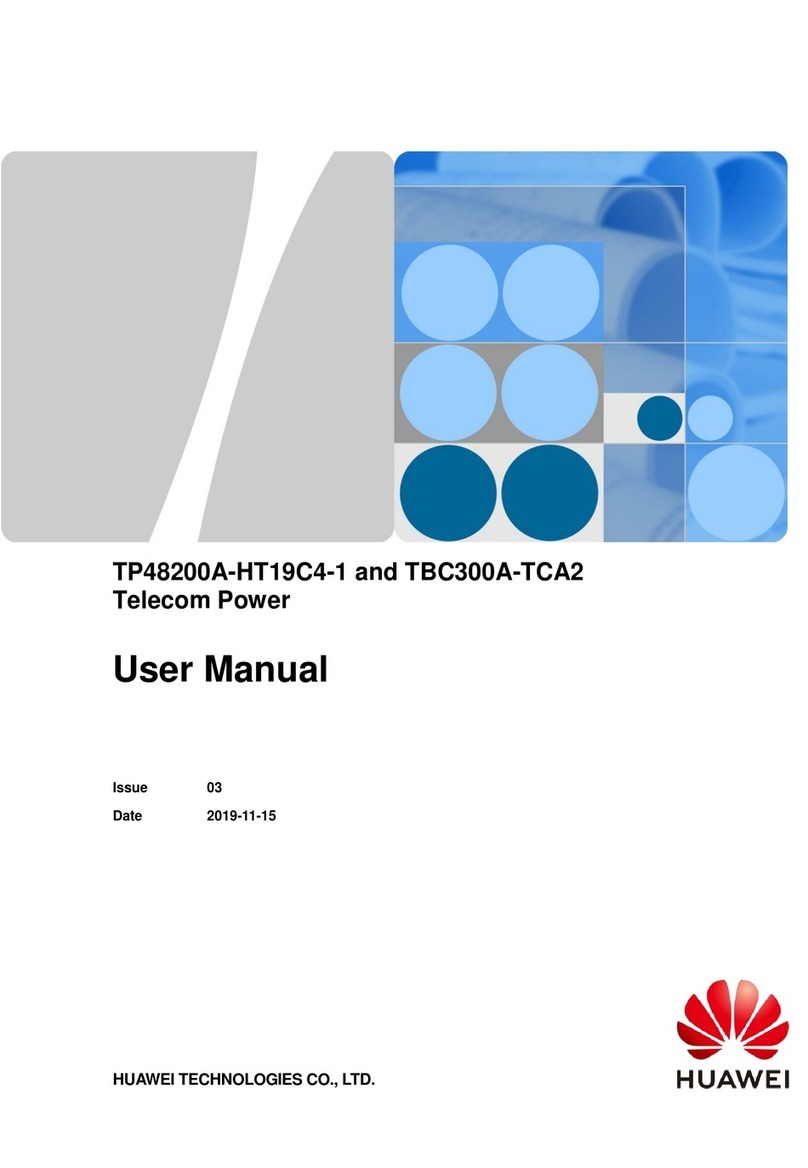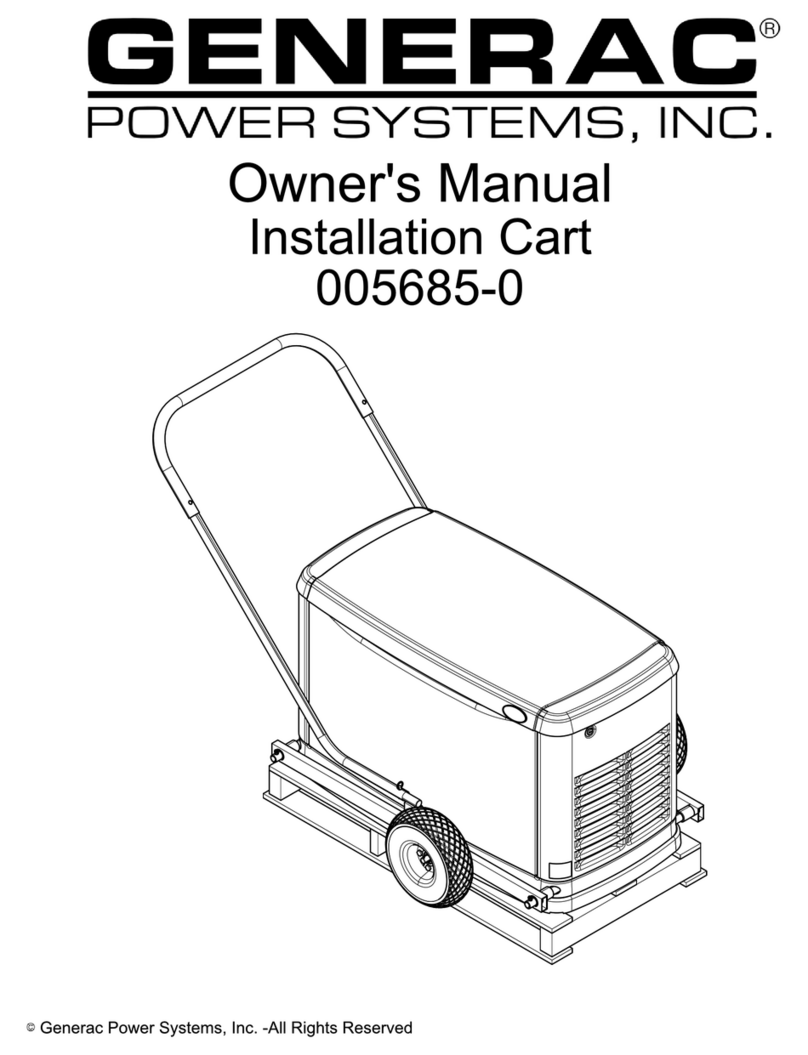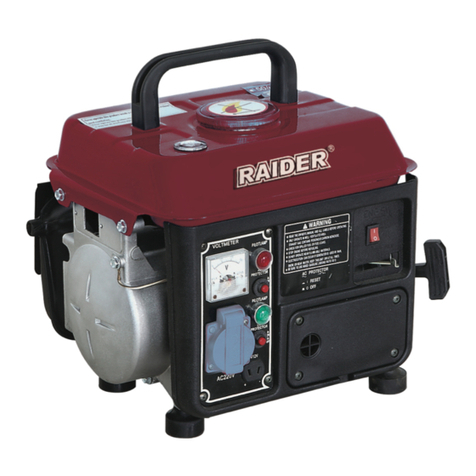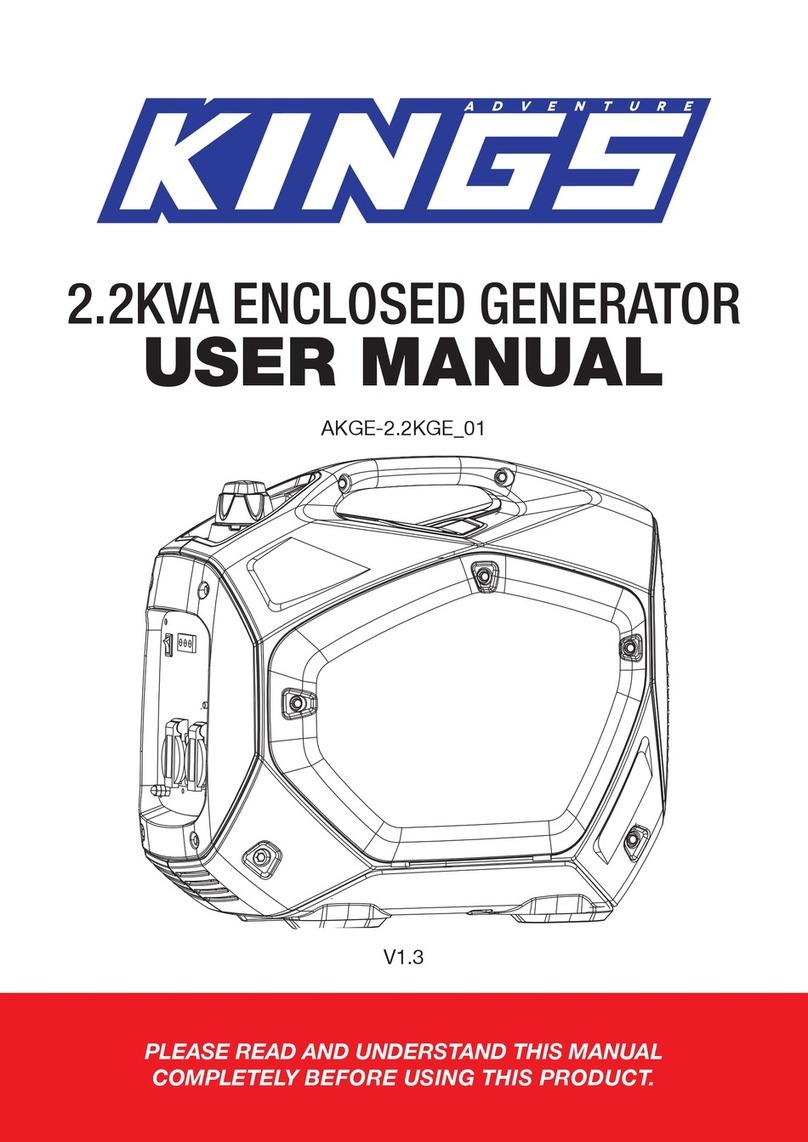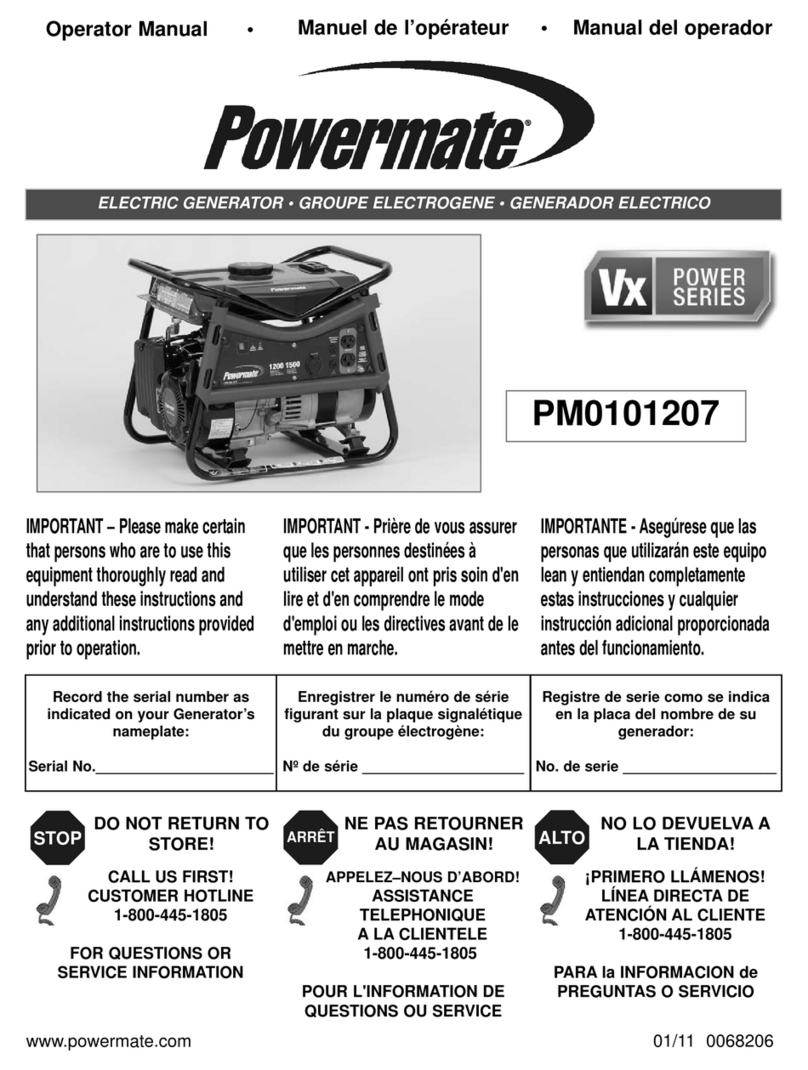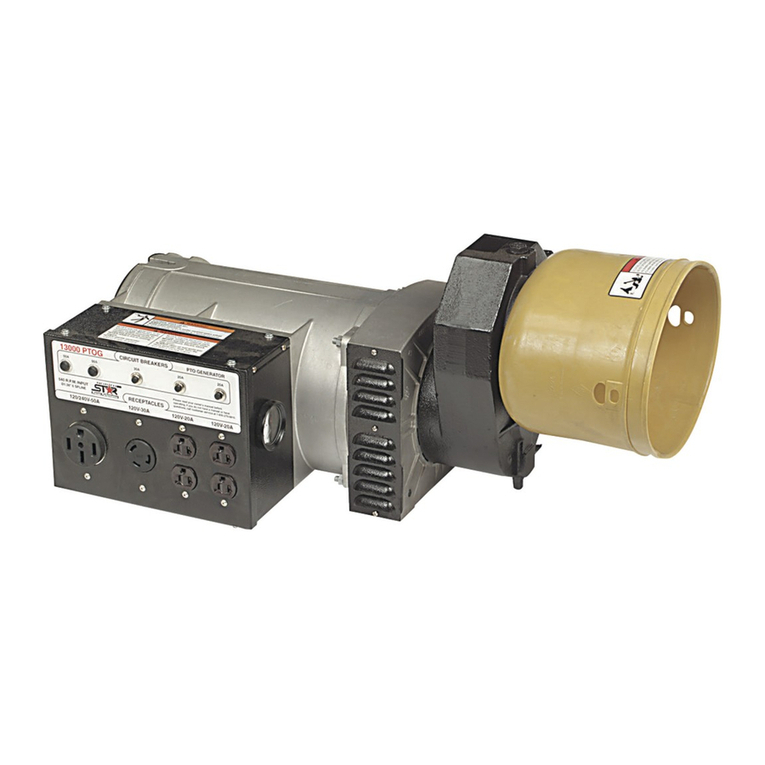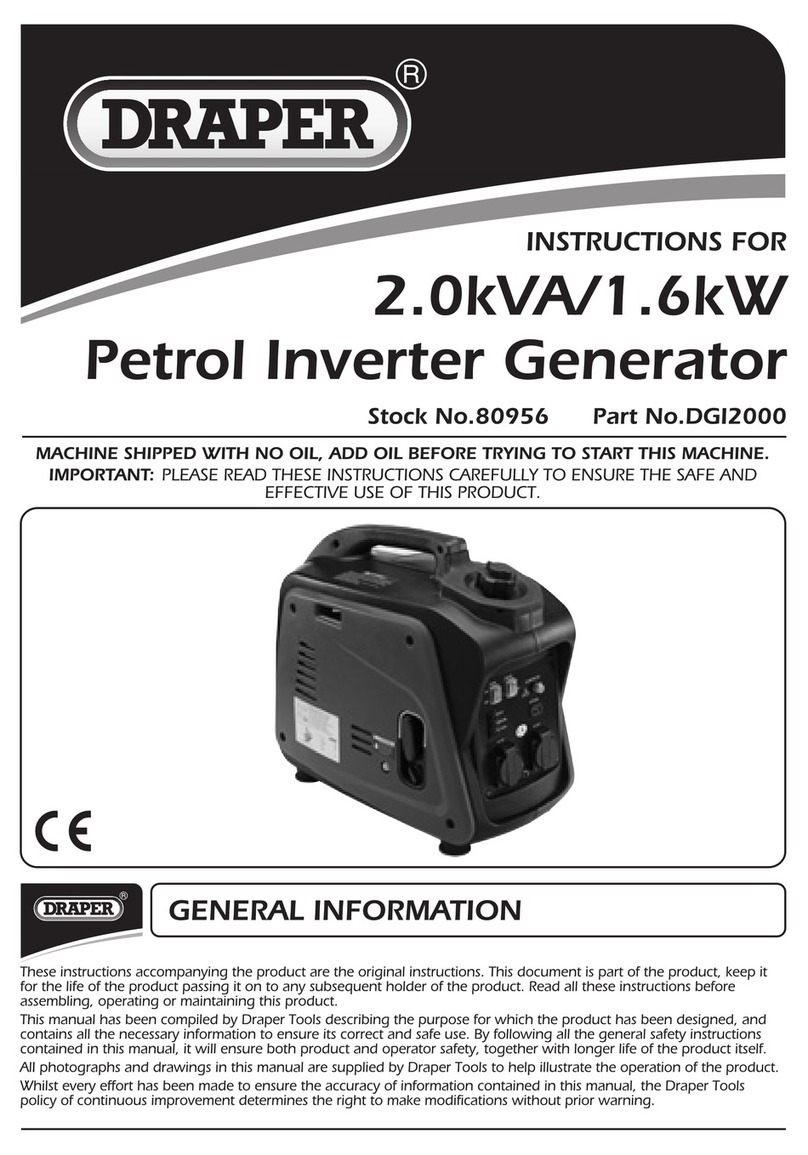Huawei ETP4830-A1 User manual

ETP4830-A1
V300R001
User Manual
Issue
06
Date
2014-02-20
HUAWEI TECHNOLOGIES CO., LTD.

Issue 06 (2014-02-20)
Huawei Proprietary and Confidential
Copyright © Huawei Technologies Co., Ltd.
i
Copyright © Huawei Technologies Co., Ltd. 2014. All rights reserved.
No part of this document may be reproduced or transmitted in any form or by any means without prior
written consent of Huawei Technologies Co., Ltd.
Trademarks and Permissions
and other Huawei trademarks are trademarks of Huawei Technologies Co., Ltd.
All other trademarks and trade names mentioned in this document are the property of their respective
holders.
Notice
The purchased products, services and features are stipulated by the contract made between Huawei and
the customer. All or part of the products, services and features described in this document may not be
within the purchase scope or the usage scope. Unless otherwise specified in the contract, all statements,
information, and recommendations in this document are provided "AS IS" without warranties, guarantees or
representations of any kind, either express or implied.
The information in this document is subject to change without notice. Every effort has been made in the
preparation of this document to ensure accuracy of the contents, but all statements, information, and
recommendations in this document do not constitute a warranty of any kind, express or implied.
Huawei Technologies Co., Ltd.
Address:
Huawei Industrial Base
Bantian, Longgang
Shenzhen 518129
People's Republic of China
Website:
http://www.huawei.com
Email:
support@huawei.com

ETP4830-A1
User Manual
About This Document
Issue 06 (2014-02-20)
Huawei Proprietary and Confidential
Copyright © Huawei Technologies Co., Ltd.
ii
About This Document
Purpose
This document describes the DC power system in terms of product overview, components,
installation, commissioning, and maintenance. This document also describes operations for
the site monitoring unit (SMU) and rectifiers.
The figures provided in this document are for reference only.
Intended Audience
This document is intended for:
Sales specialist
Technical support personnel
Maintenance personnel
Symbol Conventions
The symbols that may be found in this document are defined as follows.
Symbol
Description
Indicates an imminently hazardous situation which, if
not avoided, will result in death or serious injury.
Indicates a potentially hazardous situation which, if not
avoided, could result in death or serious injury.
Indicates a potentially hazardous situation which, if not
avoided, may result in minor or moderate injury.
Indicates a potentially hazardous situation which, if not
avoided, could result in equipment damage, data loss,
performance deterioration, or unanticipated results.
NOTICE is used to address practices not related to
personal injury.
Calls attention to important information, best practices
and tips.
NOTE is used to address information not related to

ETP4830-A1
User Manual
About This Document
Issue 06 (2014-02-20)
Huawei Proprietary and Confidential
Copyright © Huawei Technologies Co., Ltd.
iii
Symbol
Description
personal injury, equipment damage, and environment
deterioration.
Change History
Changes between document issues are cumulative. The latest document issue contains all the
changes made in earlier issues.
Issue 06 (2014-02-20)
Chapter 4 Installation
Added section "4.3.2 (Optional) Installing Dry Contact Signal Cables".
Modified "Figure 4-5 Connecting the ground cable".
Modified "Figure 4-10 Connecting the single-phaseAC input power cable".
Chapter 6 Commissioning
Added section "6.4 Setting System Type".
Issue 05 (2013-07-02)
Add the configuration of R4815G1, SMU01A and SMU01C.
Issue 04 (2013-05-07)
Optimized the content of the document, including standardizing the terminology and
improving the accuracy of the description
Issue 03 (2013-04-18)
Modify operating temperature, input voltageand output voltage.
Issue 02 (2012-12-03)
Port description is modified.
Issue 01 (2012-05-11)
This issue is the first official release.

ETP4830-A1
User Manual
Contents
Issue 06 (2014-02-20)
Huawei Proprietary and Confidential
Copyright © Huawei Technologies Co., Ltd.
iv
Contents
About This Document.................................................................................................................... ii
1 Safety ...............................................................................................................................................1
1.1 Health and Safety..........................................................................................................................................................1
1.1.1 Overview ...................................................................................................................................................................1
1.1.2 Electrical Safety.........................................................................................................................................................3
1.1.3 Inflammable Environment.........................................................................................................................................4
1.1.4 Mechanical Safety .....................................................................................................................................................4
1.1.5 Bundling Signal Cables .............................................................................................................................................5
1.2 Equipment Safety..........................................................................................................................................................5
1.2.1 Electricity Safety .......................................................................................................................................................5
1.2.2 Electrostatic Discharge ..............................................................................................................................................6
1.2.3 Laying Out Cables.....................................................................................................................................................6
1.2.4 Rectifier .....................................................................................................................................................................6
2 Overview.........................................................................................................................................7
2.1 Introduction ..................................................................................................................................................................7
2.2 Model Number Description ..........................................................................................................................................7
2.3 Features.........................................................................................................................................................................7
2.4 Working Principles........................................................................................................................................................8
2.5 Configuration................................................................................................................................................................9
3 Components .................................................................................................................................10
3.1 AC/DC Power Distribution Subrack...........................................................................................................................10
3.2 Rectifier ......................................................................................................................................................................10
3.3 SMU ...........................................................................................................................................................................12
3.3.1 SMU01A..................................................................................................................................................................12
3.3.2 SMU01B..................................................................................................................................................................15
3.3.3 SMU01C..................................................................................................................................................................18
4 Installation....................................................................................................................................22
4.1 Installing a Subrack ....................................................................................................................................................22
4.2 Installing Components................................................................................................................................................23
4.2.1 Installing an SMU....................................................................................................................................................23
4.2.2 Installing a Rectifier ................................................................................................................................................24

ETP4830-A1
User Manual
Contents
Issue 06 (2014-02-20)
Huawei Proprietary and Confidential
Copyright © Huawei Technologies Co., Ltd.
v
4.3 Connecting Cables......................................................................................................................................................24
4.3.1 Connecting the Ground Cable..................................................................................................................................24
4.3.2 (Optional) Installing Dry Contact Signal Cables .....................................................................................................25
4.3.3 Connecting the Communications Cable...................................................................................................................25
4.3.4 Connecting the DC Load Cable...............................................................................................................................26
4.3.5 Connecting the Battery Cable..................................................................................................................................27
4.3.6 Connecting the AC Input Power Cable....................................................................................................................27
5 Verifying the Installation..........................................................................................................29
5.1 Checking Hardware Installation .................................................................................................................................29
5.2 Checking Electrical Connections................................................................................................................................29
5.3 Checking Cable Installation........................................................................................................................................29
6 Commissioning............................................................................................................................30
6.1 Connecting the AC Power Supply ..............................................................................................................................30
6.2 Setting the Display Language.....................................................................................................................................30
6.3 Setting Time and Date ................................................................................................................................................30
6.3.1 SMU01A..................................................................................................................................................................30
6.3.2 SMU01B and SMU01C...........................................................................................................................................31
6.4 Setting System Type ...................................................................................................................................................31
6.5 Setting Battery Parameters..........................................................................................................................................32
6.5.1 SMU01A..................................................................................................................................................................32
6.5.2 SMU01B and SMU01C...........................................................................................................................................32
6.6 (Optional) Setting Hibernation Parameters.................................................................................................................32
6.6.1 SMU01A..................................................................................................................................................................32
6.6.2 SMU01B and SMU01C...........................................................................................................................................33
6.7 (Optional) Setting Alarm Parameters..........................................................................................................................33
6.7.1 SMU01A..................................................................................................................................................................33
6.7.2 SMU01B and SMU01C...........................................................................................................................................33
6.8 (Optional) Setting Communications Parameters.........................................................................................................34
6.8.1 SMU01A..................................................................................................................................................................34
6.9 Connecting the Battery Supply...................................................................................................................................39
7 Maintenance.................................................................................................................................41
7.1 Routine Maintenance..................................................................................................................................................41
7.2 Rectifying Common Faults.........................................................................................................................................42
7.2.1 Mains Failure...........................................................................................................................................................42
7.2.2 AC Over Volt ...........................................................................................................................................................42
7.2.3 AC Under Volt .........................................................................................................................................................42
7.2.4 DC Over Volt ...........................................................................................................................................................42
7.2.5 DC Under Volt .........................................................................................................................................................43
7.2.6 Amb. Over Temp......................................................................................................................................................43
7.2.7 Amb. Under Temp....................................................................................................................................................44
7.2.8 Batt Over Temp........................................................................................................................................................44

ETP4830-A1
User Manual
Contents
Issue 06 (2014-02-20)
Huawei Proprietary and Confidential
Copyright © Huawei Technologies Co., Ltd.
vi
7.2.9 Batt Under Temp......................................................................................................................................................44
7.2.10 Batt Over Curr .......................................................................................................................................................45
7.2.11 Load Fuse Break....................................................................................................................................................45
7.2.12 Batt Loop Trip........................................................................................................................................................45
7.2.13 Batt Off..................................................................................................................................................................46
7.2.14 Door Alarm............................................................................................................................................................46
7.2.15 Water Alarm...........................................................................................................................................................47
7.2.16 Smoke Alarm.........................................................................................................................................................47
7.2.17 Rect Fault...............................................................................................................................................................47
7.2.18 Rect Protect............................................................................................................................................................47
7.2.19 Single Rect Fau......................................................................................................................................................48
7.2.20 Multi-Rect Fault.....................................................................................................................................................48
7.2.21 Rect Comm Fault...................................................................................................................................................48
7.3 Identifying Faults........................................................................................................................................................49
7.3.1 Identifying Rectifier Faults......................................................................................................................................49
7.3.2 Identifying SMU Faults ...........................................................................................................................................50
7.3.3 Identifying PDU Faults............................................................................................................................................51
7.4 Replacing Components...............................................................................................................................................51
7.4.1 Replacing a Rectifier ...............................................................................................................................................51
7.4.2 Replacing an SMU...................................................................................................................................................52
7.4.3 Replacing a Battery String.......................................................................................................................................53
A Appendix .....................................................................................................................................55
A.1 Technical Specifications ............................................................................................................................................55
A.2 Electrical Conceptual Diagram..................................................................................................................................58
B Acronyms and Abbreviations ..................................................................................................59

ETP4830-A1
User Manual
1 Safety
Issue 06 (2014-02-20)
Huawei Proprietary and Confidential
Copyright © Huawei Technologies Co., Ltd.
1
1 Safety
1.1 Health and Safety
1.1.1 Overview
Introduction
This section describes the safety precautions you must take before installing or maintaining
Huawei equipment.
To ensure safety of humans and the equipment, pay attention to the safety symbols on the
equipment and all the safety instructions in this document.
The "NOTICE", "CAUTION", "WARNING", and "DANGER" statements in this
document do not represent all the safety instructions. They are only supplements to the
safety instructions.
Installation and maintenance personnel must understand basic safety precautions to avoid
hazards.
When operating Huawei equipment, in addition to following the general precautions in
this document, follow the specific safety instructions given by Huawei.
Only trained and qualified personnel are allowed to install, operate, and maintain Huawei
equipment.
This product should be used in the environment that meets design specifications.
Otherwise, the product may be damaged, and the resulting product exceptions or
component damage are beyond the warranty scope.
Local Safety Regulations
When operating Huawei equipment, you must follow the local laws and regulations. The
safety instructions in this document are only supplements to the local laws and regulations.
General Requirements
To minimize risk of personal injury and damage to equipment, read and follow all the
precautions in this document before performing any installation or maintenance.
Ensure that the instructions provided in this document are followed completely. This section
also provides guidelines for selecting the measuring and testing devices.

ETP4830-A1
User Manual
1 Safety
Issue 06 (2014-02-20)
Huawei Proprietary and Confidential
Copyright © Huawei Technologies Co., Ltd.
2
Installation
The device (or system) must be installed in an access-controlled location.
The device can be mounted only on concrete or non-combustible surfaces.
The device must be fixed securely on the floor or to other immovable objects such as
walls and mounting racks before operation.
When installing the unit, always make the ground connection first and disconnect it at
the end.
Do not block the ventilation while the device is operating. Keep a minimum distance of 5
cm between the device and the wall or other objects that may block the ventilation.
Tighten the thumbscrews by using a tool after initial installation and subsequent access
to the panel.
Ground
Do not damage the ground conductor or operate the device in the absence of a properly
installed ground conductor. Conduct the electrical inspection carefully.
The device (or system) must be connected permanently to the protection ground before
an operation. The cross-sectional area of the protective ground conductor must be at least
10 mm2.
Power Supply
ForAC-supplied models: The device applies to TN, TT, or IT power system.
For DC-supplied models: Reinforced insulation or double insulation must be provided to
isolate the DC source from theAC mains supply.
For DC-supplied model: The device applies to DC power source that complies with the
Safety Extra-Low Voltage (SELV) requirements in IEC 60950-1 based safety standards.
Prepared conductors are connected to the terminal block, and only the appropriate
AWG/Type of wire is secured with the lug terminals.
Human Safety
Do not operate the device or cables during lightning strikes.
Remove the AC power connector when there is lightning. Do not use fixed terminals or
touch terminals or antenna connectors when there is lightning.
To avoid electric shock, do not connect safety extra-low voltage (SELV) circuits to
telecommunication network voltage (TNV) circuits.
Move or lift the chassis by holding its lower edge. Do not hold the handles on certain
modules such as power supply, fans, and boards because they cannot support the weight
of the device.
At least two persons are required to lift the chassis. When lifting it, keep your back
straight and move stably.
Do not wear jewelry or watches when you operate the device.
Operator
Only qualified professional personnel are allowed to install, configure, operate, and
disassemble the device.
Only the personnel authenticated or authorized by Huawei are allowed to replace or
change the device of the parts of the device (including the software).

ETP4830-A1
User Manual
1 Safety
Issue 06 (2014-02-20)
Huawei Proprietary and Confidential
Copyright © Huawei Technologies Co., Ltd.
3
Any fault or error that might cause safety problems must be reported immediately to a
supervisor.
Only qualified personnel are allowed to remove or disable the safety facilities and to
troubleshoot and maintain the device.
1.1.2 Electrical Safety
High Voltage
The high voltage power supply provides power for the device operation. Direct or indirect
contact (through damp objects) with high voltage and AC mains supply may result in serious
injuries.
During the installation of theAC power supply facility, follow the local safety
regulations. The personnel who install the AC facility must be qualified to perform high
voltage and AC operations.
Do not wear conductive articles, such as watches, hand chains, bracelets, and rings
during the operation.
When water is found in the rack or the rack is damp, switch off the power supply
immediately.
When the operation is performed in a damp environment, make sure that the device is
dry.
Non-standard and improper high voltage operations may result in fire and electric shock.
Therefore, you must abide by the local rules and regulations when bridging and wiringAC
cables. Only qualified personnel are allowed to perform high voltage and AC operations.
Before powering on a device, ground the device. Otherwise, personal injury or device damage
may be caused by high leakage current.
Tools

ETP4830-A1
User Manual
1 Safety
Issue 06 (2014-02-20)
Huawei Proprietary and Confidential
Copyright © Huawei Technologies Co., Ltd.
4
Dedicated tools must be used during high voltage andAC operations.Avoid using ordinary
tools.
High Electrical Leakage
Ground the device before powering it on. Otherwise, personal injury or device damage may
be caused by high leakage current.
If the "high electrical leakage" tag is present on the power terminal of the device, you must
ground the device before powering it on.
1.1.3 Inflammable Environment
Operating the electrical device in an inflammable environment can be fatal.
Do not place the device in an environment that has inflammable and explosive air or gas. Do
not perform any operation in this environment.
1.1.4 Mechanical Safety
Drilling Holes
Do not drill the cabinet at will. Drilling holes without complying with the requirements affects
the electromagnetic shielding performance of the cabinet and damages the cables inside the
cabinet. In addition, if the scraps caused by drilling enter the cabinet, the printed circuit
boards (PCBs) may be short circuited.
Before you drill a hole in the cabinet, wear insulated gloves and remove the internal
cables from the cabinet.
Wear an eye protector when drilling holes. This is to prevent your eyes from being
injured by the splashing metal scraps.
Ensure that the scraps caused by drilling do not enter the cabinet.
Drilling holes without complying with the requirements affects the electromagnetic
shielding performance of the cabinet.

ETP4830-A1
User Manual
1 Safety
Issue 06 (2014-02-20)
Huawei Proprietary and Confidential
Copyright © Huawei Technologies Co., Ltd.
5
After drilling, clean the metal scraps immediately.
Sharp Objects
Before you hold or carry a device, wear protective gloves to avoid getting injured by sharp
edges of the device.
Handling Fans
When handling fans, note the following:
When replacing a component, place the component, screws, and tools in a safe place.
Otherwise, if any of them fall into the operating fans, the fans may be damaged.
When replacing a component near fans, do not insert your fingers or boards into the
operating fans until the fans are switched off and stops running.
Lifting Heavy Objects
When heavy objects are being lifted, do not stand or walk under the cantilever or the lifted
object.
1.1.5 Bundling Signal Cables
Do not bundle signal cables with high current cables or high voltage cables.
Maintain a minimum space of 150 mm between adjacent ties.
1.2 Equipment Safety
1.2.1 Electricity Safety
High Electrical Leakage

ETP4830-A1
User Manual
1 Safety
Issue 06 (2014-02-20)
Huawei Proprietary and Confidential
Copyright © Huawei Technologies Co., Ltd.
6
If the "high electrical leakage" tag is present on the power terminal of the device, you must
ground the device before powering it on.
1.2.2 Electrostatic Discharge
The static electricity generated by human bodies may damage the electrostatic-sensitive
components on boards, for example, the large-scale integrated (LSI) circuits.
Human body movement, friction between human bodies and clothes, friction between shoes
and floors, or handling of plastic articles causes static electromagnetic fields on human bodies.
These static electromagnetic fields cannot be eliminated until the static is discharged.
To prevent electrostatic-sensitive components from being damaged by the static on human
bodies, you must wear a well-grounded electrostatic discharge (ESD) wrist strap when
touching the device or handling boards or application-specific integrated circuits (ASICs).
1.2.3 Laying Out Cables
When the temperature is very low, violent strike or vibration may damage the cable sheathing.
To ensure safety, comply with the following requirements:
Cables can be laid or installed only when the temperature is higher than 0°C.
Before laying out cables which have been stored in a temperature lower than 0°C, move
the cables to an environment of the ambient temperature and store them at the ambient
temperature for at least 24 hours.
Handle cables with caution, especially at a low temperature. Do not drop the cables
directly from the vehicle.
1.2.4 Rectifier
When a rectifier is running, the temperature around the air exhaust vent at the rear is
high. Do not touch the vent or cover the vent with cables or other objects.
To prevent electric shocks, do not put your hands into rectifier slots.

ETP4830-A1
User Manual
2 Overview
Issue 06 (2014-02-20)
Huawei Proprietary and Confidential
Copyright © Huawei Technologies Co., Ltd.
7
2 Overview
2.1 Introduction
The ETP4830-A1 is a box-type power system that supplies power for -48 V DC
communications equipment. It uses 15 A rectifiers and provides a maximum output current of
30 A.
2.2 Model Number Description
Figure 2-1 shows the ETP4830-A1 model number description.
Figure 2-1 ETP4830–A1 model number description
2.3 Features
The ETP4830-A1 has the following features:
Supports a wide voltage range of 85 VAC to 300 VAC.
Provides comprehensive battery management.
The SMU01A communicates with Huawei Network Ecosystem (NetEco) and third-party
element management systems (EMSs) over various security protocols, such as the
Simple Network Management Protocol (SNMP) and Hypertext Transfer Protocol Secure
(HTTPS), featuring flexible networking. It provides WebUI and implements remote
unattended management.
The SMU01B connects to the U2000 over Huawei master/slave protocols.

ETP4830-A1
User Manual
2 Overview
Issue 06 (2014-02-20)
Huawei Proprietary and Confidential
Copyright © Huawei Technologies Co., Ltd.
8
Displays information on a liquid crystal display (LCD) and provides buttons for
operations.
Supports electronic labels.
Rectifiers and the site monitoring unit (SMU) are hot-swappable.
Allows high-efficiency and standard-efficiency rectifiers with the same capacity to
coexist.
The rectifier power factor is 0.99.
2.4 Working Principles
Figure 2-2 shows the conceptual diagram.AC power enters rectifiers through the AC power
distribution unit (PDU). The rectifiers convert theAC power input into -48 V DC power
output, which is directed by the DC PDU to DC loads along different routes.
When theAC power is normal, rectifiers power DC loads and charge batteries. When theAC
power is absent, rectifiers stop working and batteries start to power loads. After the AC power
resumes, rectifiers power DC loads and charge batteries again.
The SMU monitors the operating status of each component in the power system in real time
and performs appropriate intelligent control. When detecting a fault, the SMU generates an
alarm.
Figure 2-2 Conceptual diagram

ETP4830-A1
User Manual
2 Overview
Issue 06 (2014-02-20)
Huawei Proprietary and Confidential
Copyright © Huawei Technologies Co., Ltd.
9
2.5 Configuration
Table 2-1 describes the ETP4830-A1 configuration.
Table 2-1 ETP4830-A1 configuration
Item
Configuration
PDU
AC input
220 V AC single-phase three-wire (L, N, PE)
DC power
distribution
Battery circuit
breaker
One 1-pole 20 A circuit breaker
Load circuit
breaker
Two 1-pole 20 A circuit breakers
SMU
The following SMUs are supported:
One SMU01A
One SMU01B
One SMU01C
Rectifier
The following rectifiers are supported:
One to two R4815G1s
One to two R4815N1s
NOTE
The R4815G1 and R4815N1 can be installed together.
Figure 2-3 shows the ETP4830-A1 configuration.
Figure 2-3 Configuration diagram
(1) AC input terminal
(2) SMU
(3) Rectifiers
(4) LOAD fuse
(5) BATT fuse
(6) DC output port
Do not exchange the SMU slot with the rectifier slot. Otherwise, the SMU and rectifier may
be damaged.

ETP4830-A1
User Manual
3 Components
Issue 06 (2014-02-20)
Huawei Proprietary and Confidential
Copyright © Huawei Technologies Co., Ltd.
10
3 Components
3.1 AC/DC Power Distribution Subrack
Figure 3-1 shows the AC/DC power distribution subrack.
Figure 3-1 AC/DC power distribution subrack
3.2 Rectifier
Appearance
Rectifiers convert AC input into stable 48 V DC output. Figure 3-2 shows a rectifier.
Figure 3-2 Rectifier

ETP4830-A1
User Manual
3 Components
Issue 06 (2014-02-20)
Huawei Proprietary and Confidential
Copyright © Huawei Technologies Co., Ltd.
11
Panel
Figure 3-3 shows the rectifier panel.
Figure 3-3 Rectifier front panel
(1) Power indicator
(2) Alarm indicator
(3) Fault indicator
(4) Locking latch
(5) Handle
Indicators
Table 3-1 describes the indicators on the rectifier panel.
Table 3-1 Rectifier indicators
Indicator
Color
Status
Description
Power
indicator
Green
Steady on
The rectifier has an AC power input.
Off
The rectifier has no AC power input.
The rectifier is faulty.
Blinking at
0.5 Hz
The rectifier is being queried.
Blinking at 4
Hz
The rectifier is loading an application program.
Alarm
indicator
Yellow
Off
No alarm is generated.
Steady on
The rectifier generates an alarm for power limiting
due to ambient overtemperature.
The rectifier generates an alarm for shutdown due
to ambient overtemperature or undertemperature.
The rectifier protects against AC input overvoltage
or undervoltage.
The rectifier is hibernating.
Blinking at
The communication between the rectifier and the

ETP4830-A1
User Manual
3 Components
Issue 06 (2014-02-20)
Huawei Proprietary and Confidential
Copyright © Huawei Technologies Co., Ltd.
12
Indicator
Color
Status
Description
0.5 Hz
SMU is interrupted.
Fault
indicator
Red
Off
The rectifier is running properly.
Steady on
The rectifier locks out due to output overvoltage.
The rectifier has no output due to an internal fault.
3.3 SMU
3.3.1 SMU01A
Appearance
Figure 3-4 shows an SMU01A.
Figure 3-4 SMU01A
Panel
Figure 3-5 shows the SMU01A panel.

ETP4830-A1
User Manual
3 Components
Issue 06 (2014-02-20)
Huawei Proprietary and Confidential
Copyright © Huawei Technologies Co., Ltd.
13
Figure 3-5 SMU01Apanel
(1) Run indicator
(2) Alarm indicator
(3) DB50 port
(4) USB port (reserved)
(5) Handle
(6) RS485/RS232 port
(7) COM port
(8) Locking latch
(9) Four buttons
(10) Liquid crystal display (LCD)
Buttons
Table 3-2 describes the buttons on the panel.
Table 3-2 Button description
Button
Name
Description
or
Up or Down
Allows you to view menu items and set the
value of a menu item.
Back
Returns to the previous menu without saving
the settings.
Enter
Enters the main menu from the standby
screen.
Enters a submenu from the main menu.
Saves the menu settings.
Note:
The standby screen is displayed and the LCD screen becomes dark if you do not press
any button for 5 minutes.
You need to log in again to enter the control and setting menus if you do not press any
button for 8 minutes.
Communications Ports
Table 3-3 describes the communications ports.
Other manuals for ETP4830-A1
1
Table of contents
Other Huawei Portable Generator manuals
Popular Portable Generator manuals by other brands
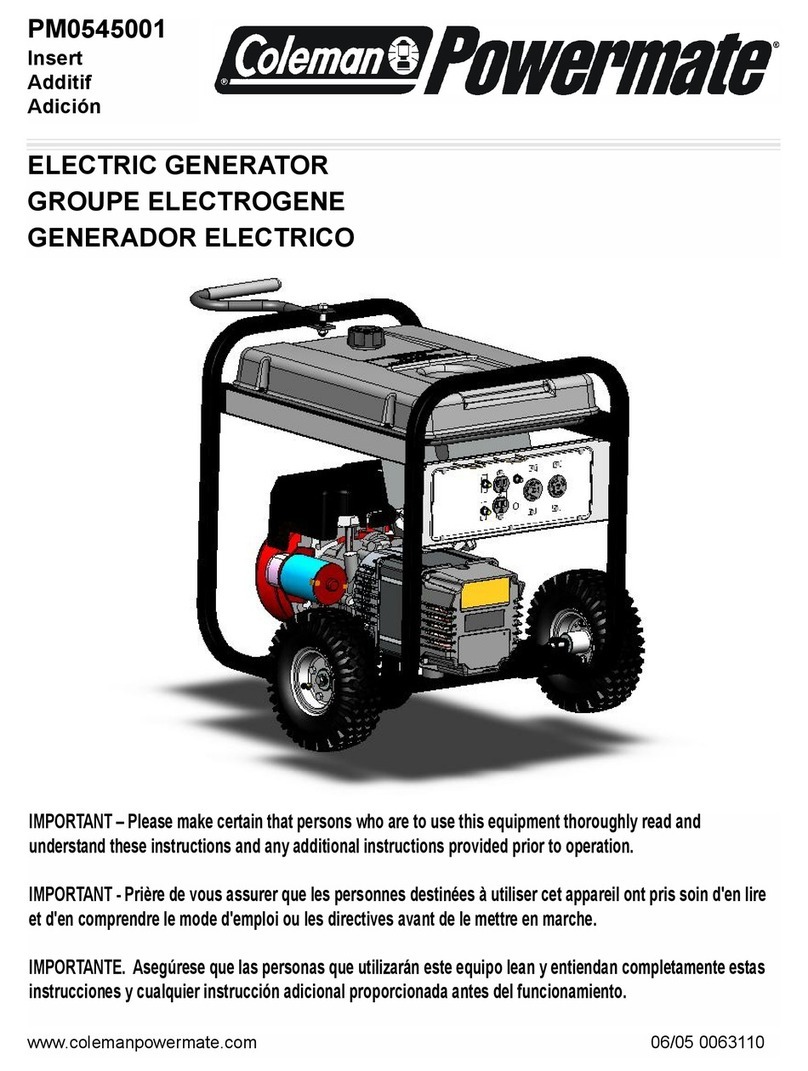
Powermate
Powermate PM0545001 user manual
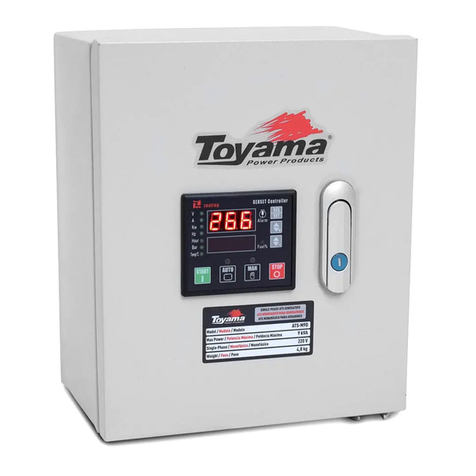
Toyama
Toyama ATS owner's manual
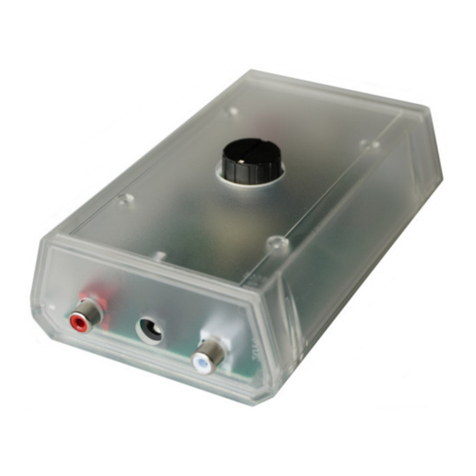
Hagerman Audio Labs
Hagerman Audio Labs FRYBABY3 quick start guide

Generac Power Systems
Generac Power Systems SD050 owner's manual

Champion Global Power Equipment
Champion Global Power Equipment 201076 quick start guide
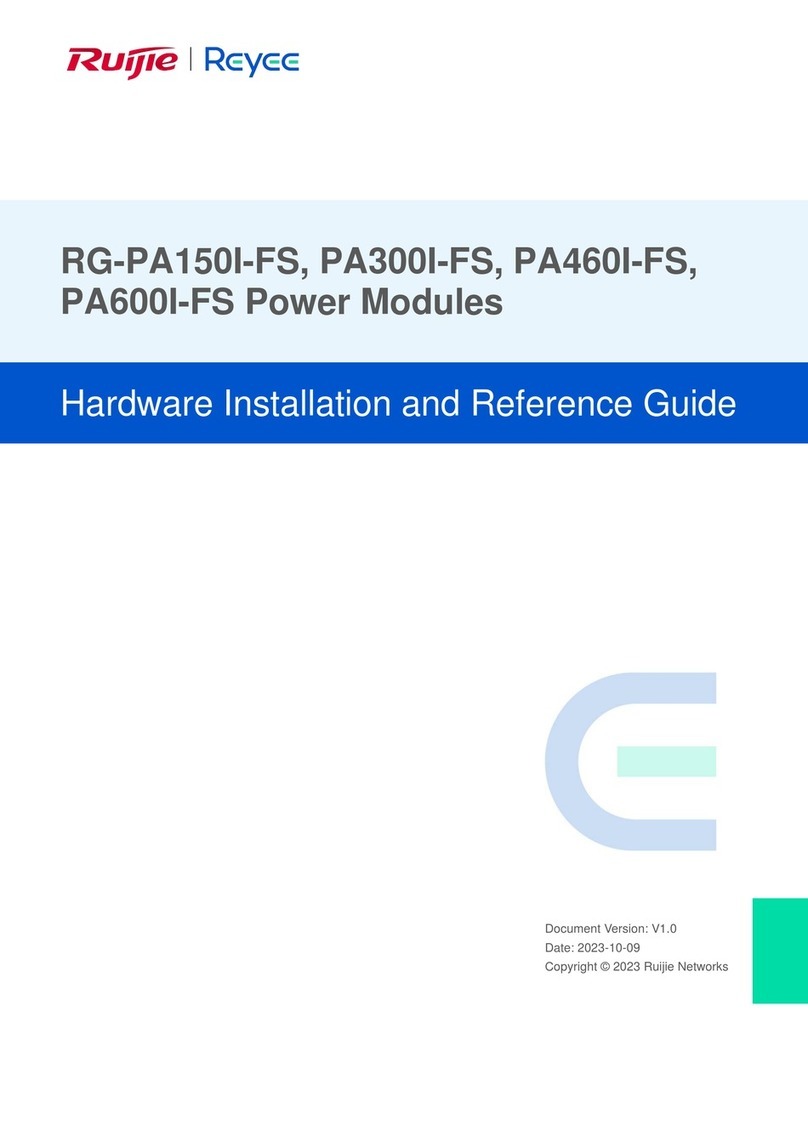
Ruijie
Ruijie Reyee RG-PA150I-FS Hardware installation and reference guide
